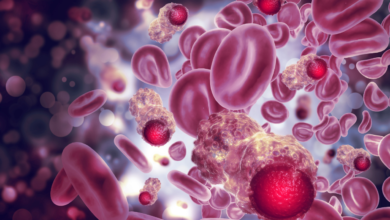Parkinson’s Disease Testing (for genetic risk factors)

What is Parkinson’s Disease Testing?
Parkinson’s Disease (PD) testing for genetic risk factors is a genetic test used to identify individuals who may have an increased risk of developing PD. It’s essential to note that this test does not provide a definitive diagnosis but rather assesses the likelihood of developing the disease.
Why Parkinson’s Disease Testing is required?
· Family History: If you have a family history of PD, this test can help determine your individual risk.
· Early Detection: While early detection doesn’t guarantee a cure, it can provide opportunities for proactive management and potential interventions.
· Research: Genetic information can contribute to ongoing research into PD, potentially leading to new treatments and prevention strategies.
which are the method of Parkinson’s Disease Testing?
The test typically involves a blood sample or saliva sample. The DNA extracted from the sample is then analyzed for specific genetic variations associated with PD risk.
who should go for Parkinson’s Disease Testing?
· Individuals with a family history of PD
· People experiencing early symptoms or signs of PD
· Those interested in understanding their personal risk
What are the results of Parkinson’s Disease Testing?
The results of the test will indicate your genetic risk for PD. It’s important to consult with a healthcare professional to discuss the implications of the results and any necessary follow-up steps.
What are the components of Parkinson’s Disease Testing?
The test may focus on specific genes known to be associated with PD risk, such as:
- LRRK2: A gene linked to both familial and sporadic PD
- GBA: A gene associated with Gaucher disease, which can also increase the risk of PD
- SNCA: A gene involved in the production of alpha-synuclein, a protein implicated in PD
It’s essential to remember that genetic testing is just one piece of the puzzle. Environmental factors and lifestyle choices may also play a role in the development of PD.





